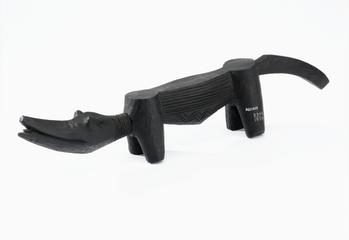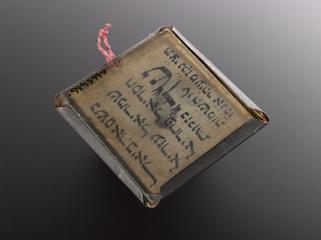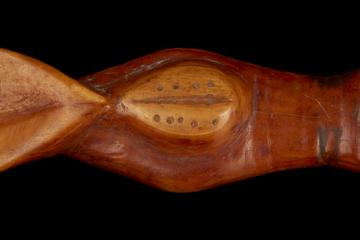
Coin amulet to protect against smallpox
- Made:
- 300-1450 CE in Turkey

Very worn, saucer-shaped Byzantine coin used as an amulet against smallpox, produced in Asia Minor, 300-1450
The practice of carrying amulets or charms to bring good luck and good health through protection against disease has an extremely long history. This worn, slightly misshapen piece of copper was once a coin from Byzantium (modern day Istanbul), an ancient Greek city founded in the 600s BCE. More recently it has been carried as a protective amulet against smallpox.
Details
- Category:
- Ethnography and Folk Medicine
- Collection:
- Sir Henry Wellcome's Museum Collection
- Object Number:
- A665893
- Materials:
- copper
- Measurements:
-
overall: 2 mm x 27 mm x 22 mm, .002 kg
- type:
- coin
- credit:
- Loan, Wellcome Trust




